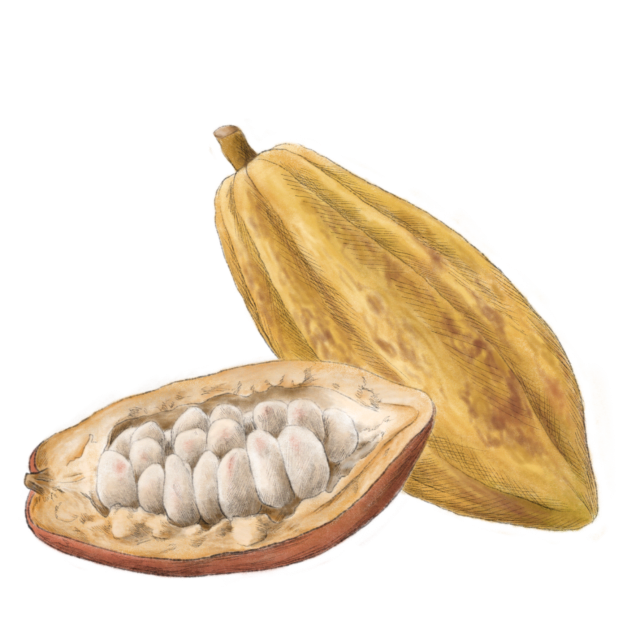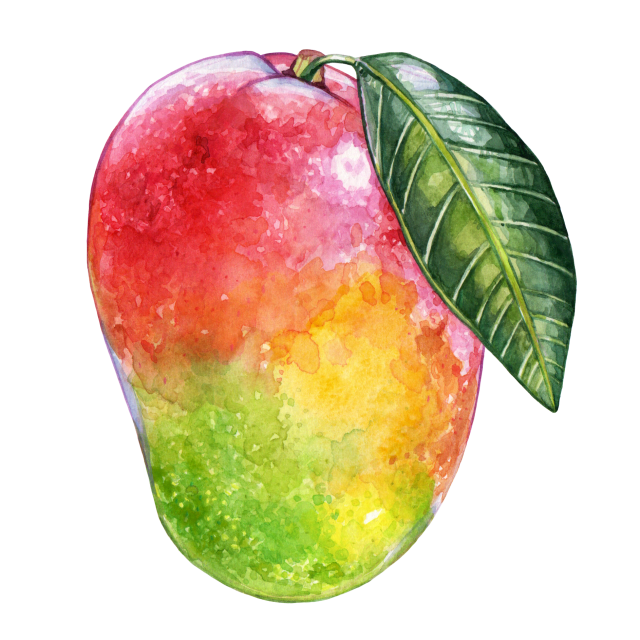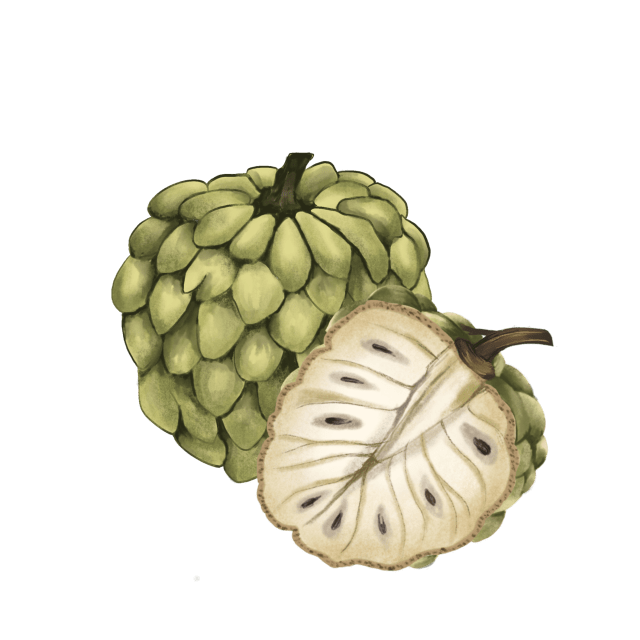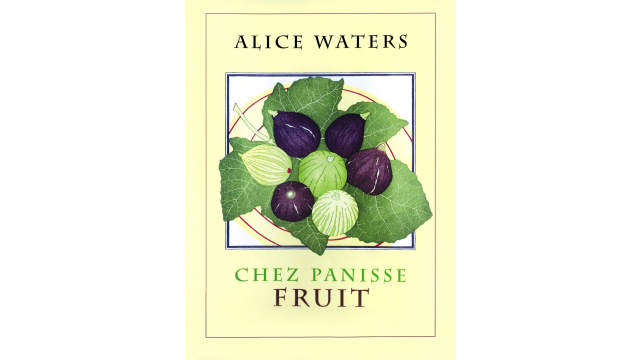Banana
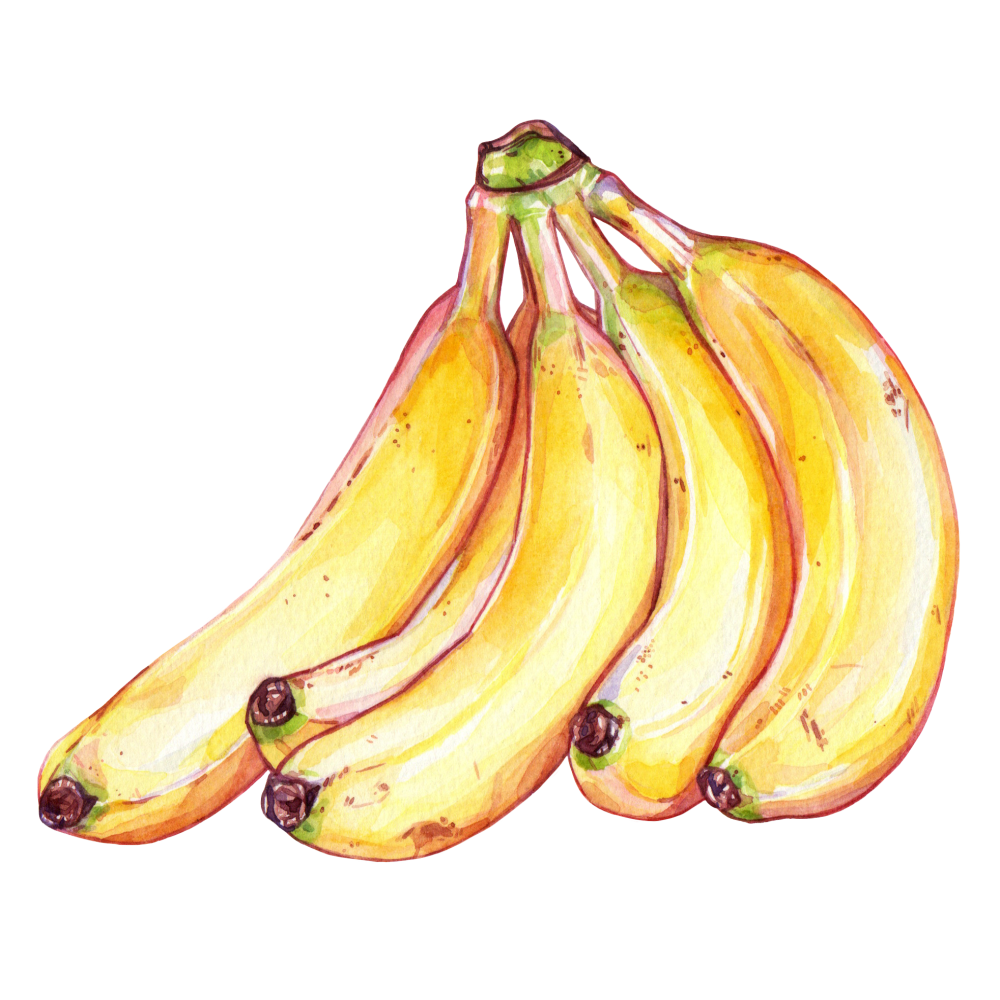
Latin name: Musa acuminata, M. balbisiana (M. x paradisiaca is the hybrid of these two)
Uses: fruit, vegetable (flowers and inner stem), cooking (leaves), staple starch/flour
What are bananas?
Bananas are long, curved fruit that grow in bunches on herbaceous tropical plants. Despite their appearance, bananas are berries. We know, they may not look like berries, but botany is fun like that. Wild bananas do actually contain a bunch of large seeds — one of a berry’s main characteristics. Another is that the fruit is encased in a skin. In this case, a leathery peel that’s as effective in protecting the fruit as it is in executing a pratfall. Bananas are in their own family and their genomics are complicated; total number of cultivars and hybrids number in the hundreds.
Why are bananas healthy?
Famously high in potassium, bananas also pack pectin, a form of fiber that may help lower blood sugar, pressure, and cholesterol. They are rich in magnesium and vitamins C and B6, that are beneficial for sleep. Bananas’ prebiotic properties make them great for gut health too.
What do bananas taste like?
Though there is wide variety in texture, fragrance, and sugar content among the myriad banana varieties, most bananas definitely taste “banana-y” thanks to isoamyl acetate (also known as banana oil when dissolved into ethanol). Compared to your basic yellow Cavendish (Chiquita’s main banana), red bananas have a starchier, dryer texture and almost rosy fragrance; thin-skinned baby bananas (aka lady fingers) are denser, stickier, and sweeter.
How do I use bananas?
Bananas are pretty much ready to go straight out of the peel. In South and Southeast Asia, deep-fried banana fritters are common; they’re also wrapped in sticky rice and steamed in their own leaves, and banana pancakes are so common in these regions that backpackers keep unofficial maps of the “Banana Pancake Trail.” Banana blossoms are used in salads and curries throughout the same region, and in Burma and the Philippines cooks use the tender inner stem in a variety of dishes. If you can get your hands on banana leaves (often in the freezer section of Asian and Latin grocery stores) you use them to wrap tamales or rice cakes for steaming.
What do bananas pair well with?
They’re always a good fit for desserts — banana cream pie and pudding are Southern faves, but bananas also love anything to do with walnuts, nutmeg, vanilla, chocolate, or rum. Bananas are also great for adding vegan moisture to baked goods like brownies or banana bread, allowing you to skip eggs without sacrificing bouncy texture. They give smoothies a sweet viscosity that can’t be beat.
Where do bananas grow?
Bananas are one of the most cultivated crops worldwide. Native to the tropics of the South and Indo-Pacific, they were likely first domesticated in Papua New Guinea, but Southeast Asia is where the highest diversity exists today. India and China now lead global production, with a handful of Southeast Asian and South American countries picking up the slack.
How to buy bananas:
Look for bunches with no bruising or split peels. If you want to eat them right away, choose bananas that are just beginning to develop a few small brown spots.
Surprising banana fact:
The Cavendish banana that we most often encounter in grocery stores is not the tastiest variety. What it does have going for it is shippability — it’s harvested green and continues to ripen after it’s picked. What it does not have going for it is disease resistance. Because all Cavendish bananas are grown from clones they’re super vulnerable to diseases like Panama disease, which may wipe the variety out entirely in a matter of years.

